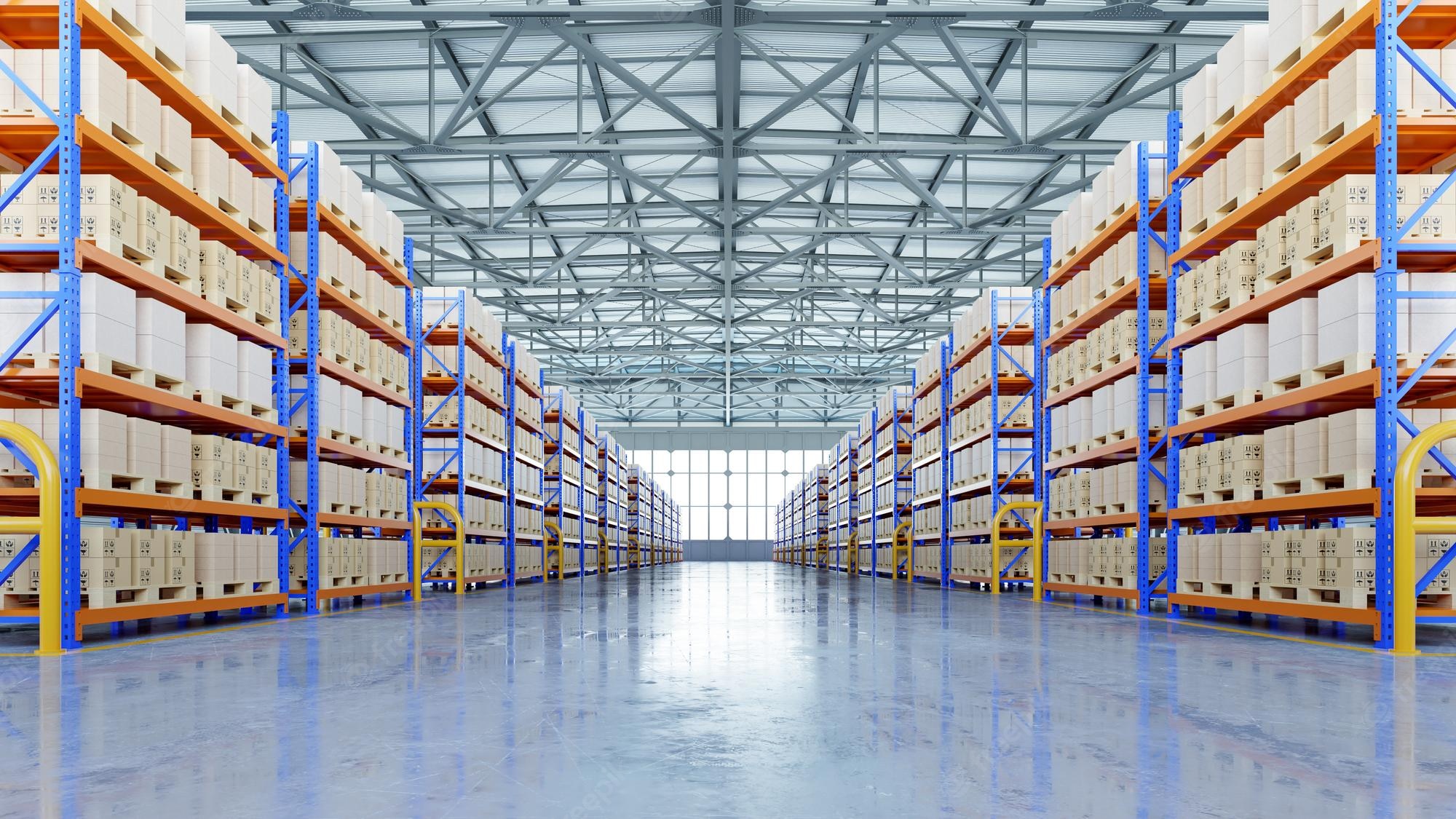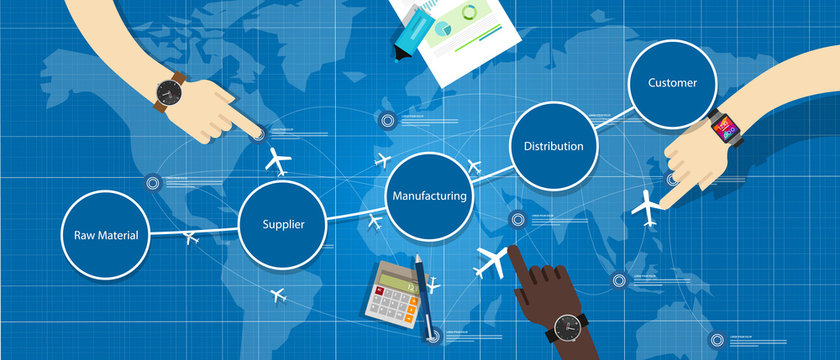Learn how to successfully run a warehouse in today’s blog post to increase sales for your business. It is a widespread issue in many businesses, and without careful planning, undesirable things could happen like incorrect shipments, missing goods, and uncertainty brought on by a staffing shortage in the warehouse.
You understand what we’re talking about if you are familiar with these snags or believe that your warehouse is costing you excessively. Some businesses focus all of their resources on information technology to address these issues, but this approach might not be the best one. A management culture issue is frequently at the heart of a poor logistical organization; as a result, if you want your warehouse to function properly once more, you must first adjust your approach.
Is it feasible to create an organized warehouse where everything is always where it should be and can be fetched quickly and easily? Where the on-time delivery of items is always guaranteed and warehouse employees cannot possibly make a mistake? This is how your warehouse might look. Do you wish to learn how?
The 10-step strategy for a successful warehouse is a collection of do-it-now strategies for escaping the warehouse’s inferno. This manual’s approaches will show you how to run a warehouse while saving time and money and significantly boosting its value.
Read also: 7 Best Tips for Inventory Management To Avoid Losses
The 10-step guide to the perfect warehouse
1. Start by altering your mindset. Forget the stereotypes that prevent a warehouse from being transformed, and begin to view your warehouse as a resource. You can only start to modify the management culture from here.
2. Your team needs to change. Engage and inspire staff members, call a meeting with everyone, select supervisors, and provide incentives. They will be more inclined to improve their working style and follow you as you work to improve the warehouse if they feel included.
3. Examine and quantify your warehouse and everything that occurs there before making any decisions, including the number of things and movements, the places designated for storage, and the dependability of deliveries. Applying the wheel analysis is also a smart idea.
4. To organize the workspace better, sketch out the warehouse’s plan. The efficiency of different techniques, like the FIFO approach, varies depending on the warehouse activities. The key is to have the best infrastructure for your business.
5. For speed and precision, it is imperative to constantly know where the things are. As a result, it’s necessary to map the warehouse area with an alphanumeric code that enables quick item location.
6. In addition to mapping the area, you must also mark all of the individual boxes and pallets with names so that you can always know where a product is and how much there is of it, without any chance of error.
7. Establish the rules and specify the operational flow based on the analysis and measurements you have performed. For optimal logistics management, learn from major businesses.
8. At this point, technology can be used to combine all the previous procedures in order to maximize the warehouse’s upgrading. You’ll see how effectively automation may be used!
9. Create a dashboard that enables you to automatically record any operation. A great deal of inconveniences, including the extremely risky stock outage, will be left behind.
10. Lastly, allow yourself enough time to upgrade your warehouse. Because it involves changing methods and strategies at every level, the process is lengthy and may take many months. Even if it could be annoying at first, don’t give up at the first obstacle, and don’t try to rush things.
All you need to do now that you know how to run a warehouse is put the 10 steps into action. As an old and renowned 3PL Logistics Service Provider, we can guarantee that your warehouse will grow into a significant source of revenue for your business and lead you in the right direction.






